On Tuesday, the Orioles settled on a 1-year deal with their All-Star second baseman, Jonathan Schoop for $8.5 million, as the two sides avoided arbitration. Schoop had filed at $9 million, while the Orioles countered at $7.5 million before eventually agreeing to terms.
The agreement leaves only Kevin Gausman without a Major League deal among the Orioles’ seven arbitration-eligible players, with a hearing date set for Monday, February 12th.
While Schoop will be earning a raise of $5.025 million from last year’s contract, the interest of the Orioles and their fans certainly lies in how much money he will command once he becomes a free agent following the 2019 season.
There is talk coming from the warehouse that the Orioles would like to extend Schoop beyond his last season of arbitration and many believe that a deal is far more likely than one for shortstop Manny Machado. The question I’m asking is this:
Why believe that?
Much like Machado, Schoop is entering his age-26 season. He set career-highs in hits, walks, home runs, RBI, and OBP in 2017 and his 5.1 WAR ranked second in the Majors amongst all second basemen, trailing only league MVP Jose Altuve. His 105 RBI led all MLB second basemen.
Finishing 12th in AL MVP voting while making his first All-Star appearance, Schoop was voted Most Valuable Oriole in 2017 after finishing first or second on the team in almost every major offensive category. So why is it more likely that Schoop will sign an extension with the Orioles? Let’s look at the facts.
Schoop has improved offensively each year since becoming the everyday second baseman in 2014. Defensively, he is serviceable, and may have had his best year since 2014 last season. While no defensive metric is perfect, if you look at UZR/150, his numbers for the past few seasons suggest an improvement (-8.8, -1.8, 0.1, respectively). His Range Runs (RngR), per FanGraphs, have gone from -5.7 in 2015 to -9.8 in 2016 then back up to 0.9 last year. If you prefer Fielding Runs Above Average (FRAA) from Baseball Prospectus, here are Schoop’s:
2015: 0.1
2016: -2.4
2017: 8.9
In 2017, that was third among all second basemen. In short, it seems that reports of Schoop’s demise as a defender may have been exaggerated.
His best friend on the team, Machado, will not be an Oriole after 2018 (if not sooner), and the team has yet to show a commitment to winning in 2018 and beyond as there are still just two starters in the Orioles rotation with less than a week remaining before pitchers and catchers report to Sarasota. Not to mention manager Buck Showalter and Executive Vice President of Baseball Operations, Dan Duquette, are on record as saying, to paraphrase, that the cost of pitching is too rich for their blood.
The #Orioles have checked out Lance Lynn, Andrew Cashner, Jason Vargas, Alex Cobb and Chris Tillman, among others. They appear content to wait in hopes of signing someone to a short-term deal. Peter Angelos hesitant to commit to 4-year deal after the Ubaldo Jimenez experience.
— Jerry Crasnick (@jcrasnick) February 7, 2018
So what on God’s green Earth would give Orioles’ brass (or fans) any indication that Schoop would sign a long-term pact with the ballclub? The team is already setting a precedent of developing home-grown talent only to watch them leave once they reach their potential (see Machado). The unwillingness to spend the necessary money to keep said talent is certainly a black eye on the organization as a whole and can’t be good for persuading free agents to join the team.
The Orioles must be assuming that Schoop will undervalue his own market and sign a team-friendly deal. There is simply no reason that Schoop, should he continue his offensive surge, won’t be a $20+ million/year player in free agency following 2019. Or, they must be willing to pay Schoop his value, figuring that $20-25M/year is better than the likely $30-35M that Machado will command.
The latter would lead me to wonder why, then, the Orioles just wouldn’t pony up the dough for Machado and trade Schoop, whom has more value to inquiring teams at this point as he is close to Machado offensively and has two more years of team control.
Of course, it takes two to tango, and it has been widely reported that Machado is intent on testing the market following 2018.
So now we have the Orioles as they currently stand, about to lose their best player while having just two starting pitchers locked into the rotation and a pipe-dream of Jonathan Schoop signing a team-friendly deal.
They say it’s always darkest before the dawn.
Well, Baltimore, it’s about to get very dark, and dawn is a long way off.


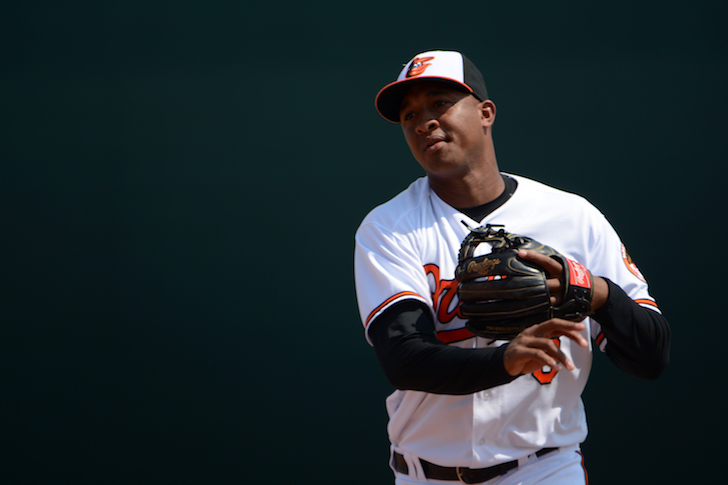



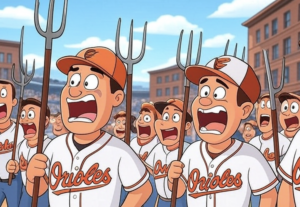
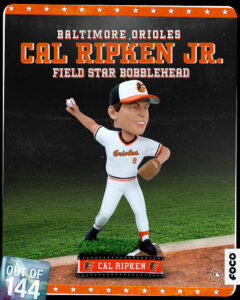
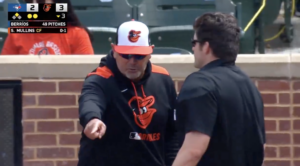
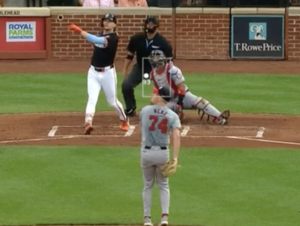


0 Responses
We will become Miami north.
In the current structure of free agency and team control, I don’t see why any player would take an extension. It makes the most sense to get into free agency as fast as you can while one is as young as possible. Shortly after a player hits 30, he’s past his peak, and big, long contracts will not be available. So I can’t blame Schoop on not signing an extension.